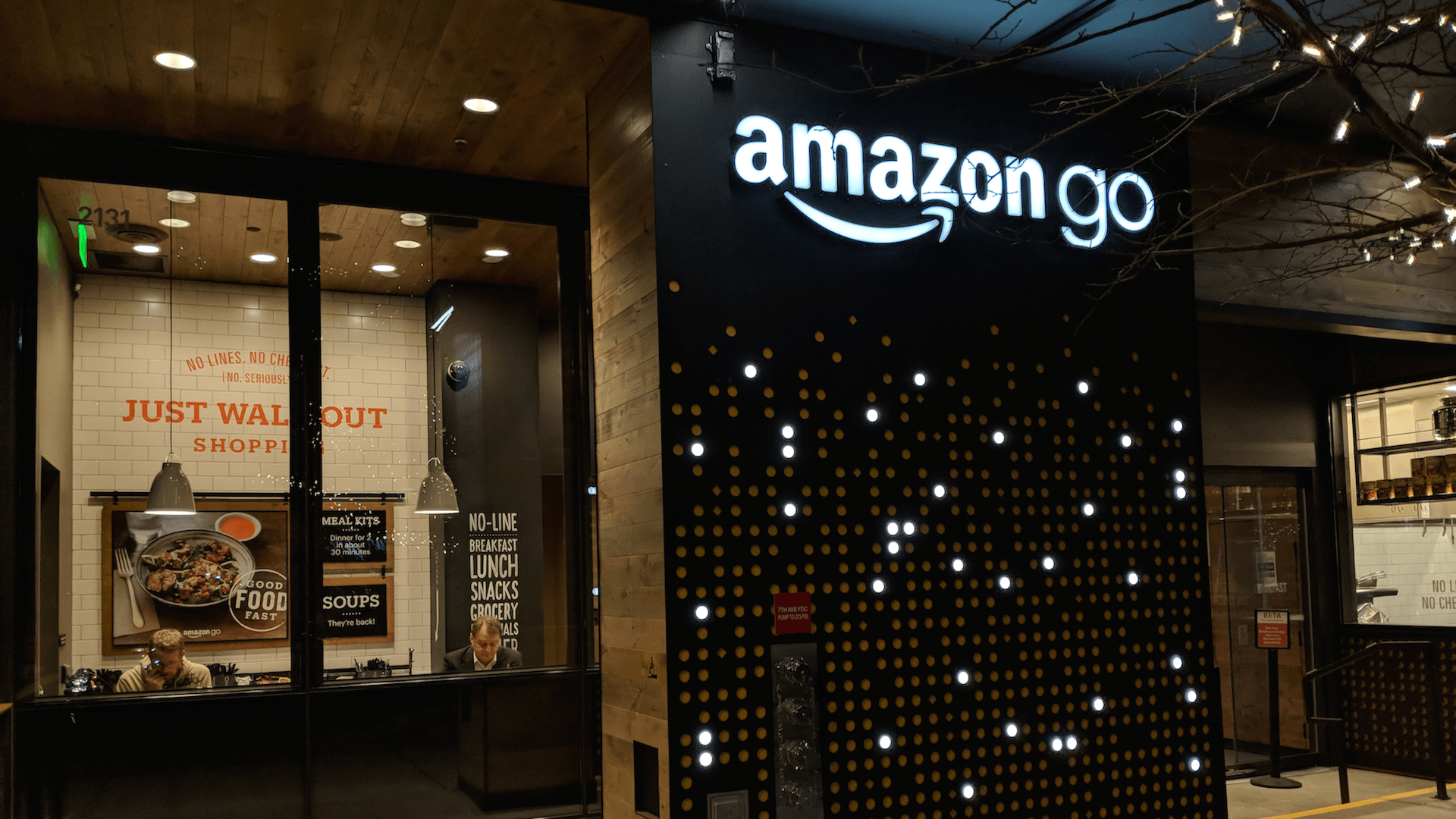Can autonomous stores catch on?
These unmanned physical stores are being tested and launched, as are technologies replacing humans. But will shoppers want them?

Don’t look now, but experiments to turn physical stores into automated vending machines are breaking out all over.
Last month, Chinese ecommerce giant JD.com announced it is opening hundreds of convenience stores that have no human employees. Designed around facial and object recognition technology, this initiative goes beyond Amazon’s Go pilot autonomous store, unveiled a year ago. JD’s effort is only the latest in a series of unmanned store experiments in that country.
Also in December, Walmart said it was experimenting with a cashierless store concept store called Project Kepler that was also propelled by computer vision. And that big box retailer has already started using robots to scan aisles, check what’s out of stock and automate restocking.
An Amazon patent for a mirror that dresses the shopper in virtual clothes without help from store personnel became public last week. And LG showed robots at this year’s Consumer Electronics Show that are designed to take the place of serving staff in hotels, airport lounges and restaurants.
There have been many predictions about how physical stores need to better combine online and offline experiences, with both occupying the same data space so that a customer’s preferences, for instance, can be addressed in either store incarnation.
But these new autonomous stores are a different beast altogether. They place human customers inside a data space that just happens to have shelves, but, in any real sense, they are essentially vending machines made larger and smarter.
Will this concept succeed? To get a sense, I chatted with execs from two companies that generate analytics for physical stores.
Convenience, ‘high touch’
San Francisco-based Euclid provides data for physical retailers. Its CEO, Brent Franson, told me that if people don’t like going to a physical store, it’s because of the “friction.” That can include such hassles as having to find a parking space, dealing with crowds or rude/unhelpful store personnel, but the most clearly identifiable and consistent reason is waiting in line at checkouts.
Certainly, stores like Home Depot have already made self-checkout terminals available to its customers, although I rarely use them at my local Home Depot because there always seems to be some issue that is being fixed.
Franson said that checkout counters are the first human function that will likely vanish, as more reliable self-checkout becomes common. One route to better reliability, he said, will be when stores commonly employ their apps on shoppers’ phones for checkout instead of the relatively complex, custom terminals like Home Depot’s.
As for stores where there are no floor personnel, he predicted they will be confined — at least for the foreseeable future — to convenience stores and others with highly commoditized products.
InMoment Senior Director of Customer Experience Strategy Andrew Park agreed, noting that the value proposition for convenience stores, even very large ones like Walmart, is efficiency. Replacing store personnel with computer vision and restocking robots could work for those brands, he said, but only if it increases efficiency. His company provides customer experience analytics for brick-and-mortar and online stores.
But as soon as customers start going up the ladder of quality or luxury, he said, they want “a high touch through the whole journey.”
So, autonomous stores might work for a Store 24 or a big box retailer, but not for a Whole Foods or a Neiman Marcus.
Perhaps technology can eventually replicate the experience-based knowledge provided by the people working in a Whole Foods or a Neiman Marcus. But even if it does, the “high touch” human component may be irreducible.
Contributing authors are invited to create content for MarTech and are chosen for their expertise and contribution to the search community. Our contributors work under the oversight of the editorial staff and contributions are checked for quality and relevance to our readers. MarTech is owned by Semrush. Contributor was not asked to make any direct or indirect mentions of Semrush. The opinions they express are their own.
Related stories
New on MarTech